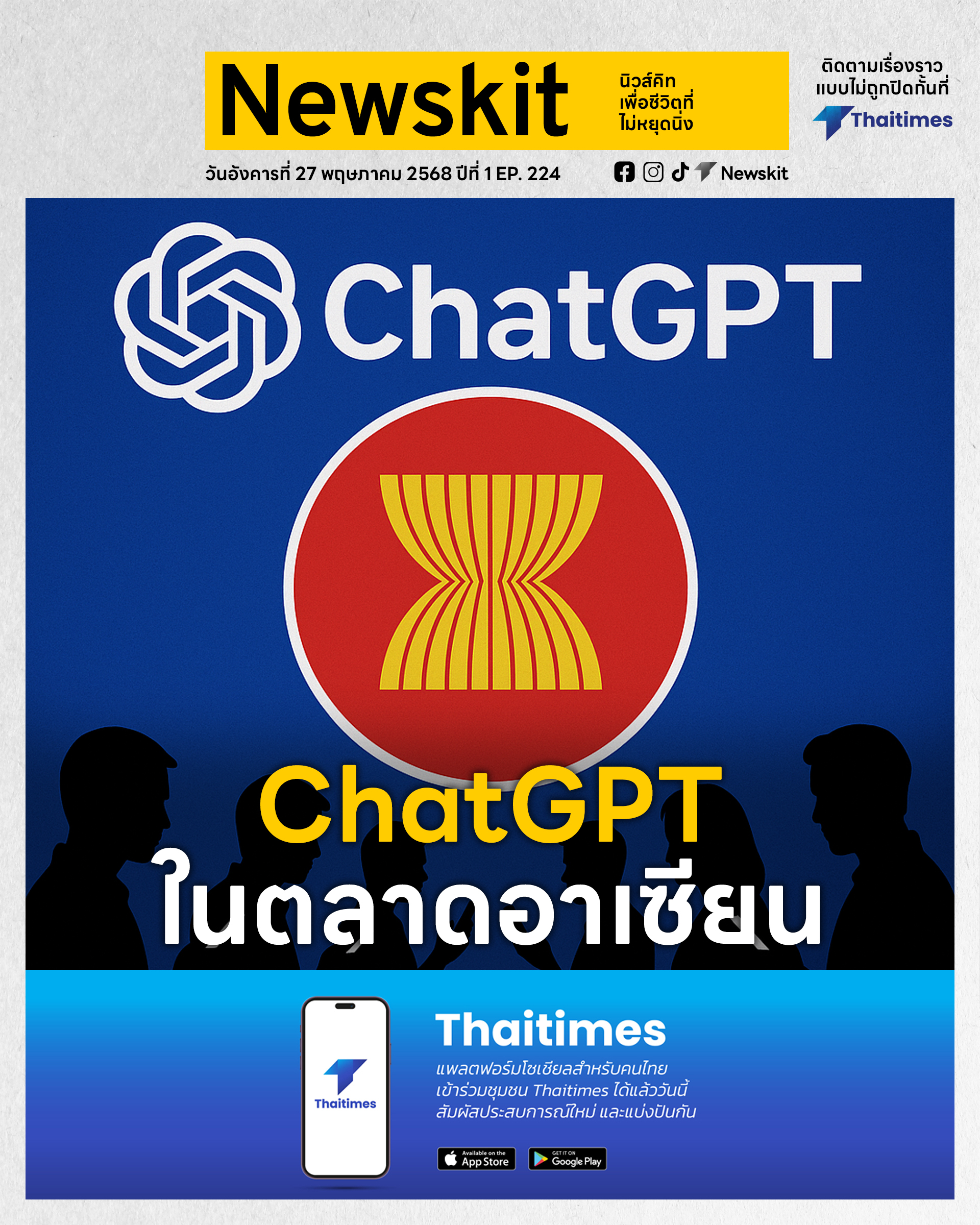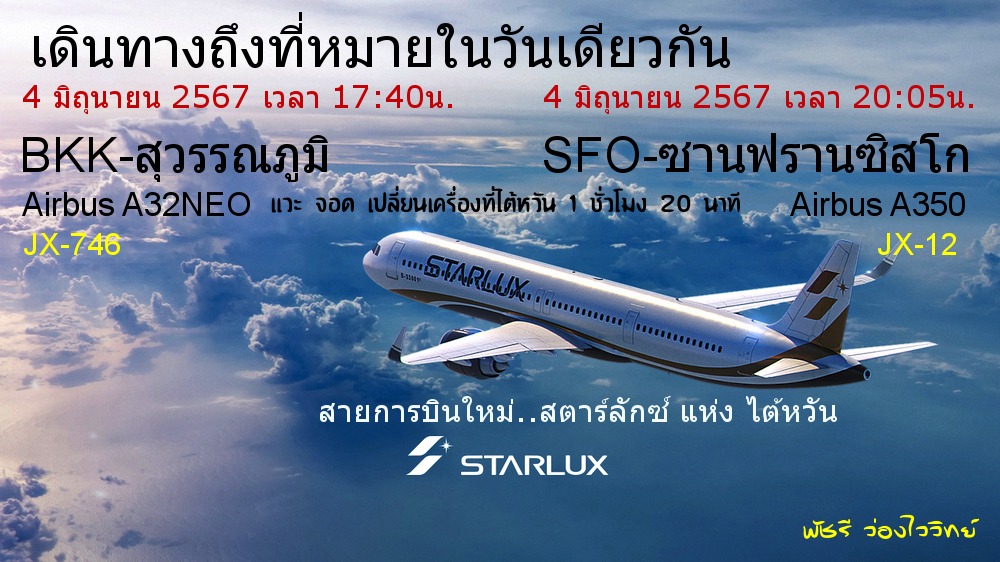“EggStreme: มัลแวร์ไร้ไฟล์จากจีน เจาะระบบทหารฟิลิปปินส์ — เงียบแต่ลึก พร้อมระบบสอดแนมครบวงจร”
Bitdefender เผยรายงานล่าสุดเกี่ยวกับมัลแวร์ใหม่ชื่อ “EggStreme” ซึ่งถูกใช้โดยกลุ่มแฮกเกอร์ที่เชื่อมโยงกับจีนในการโจมตีบริษัทด้านการทหารของฟิลิปปินส์ โดยมัลแวร์นี้มีลักษณะ “fileless” คือไม่ทิ้งร่องรอยไว้ในระบบไฟล์ ทำให้ตรวจจับได้ยาก และสามารถฝังตัวในหน่วยความจำเพื่อสอดแนมและควบคุมระบบได้อย่างต่อเนื่อง
EggStreme เป็นชุดเครื่องมือแบบหลายขั้นตอน ประกอบด้วย 6 โมดูล ได้แก่ EggStremeFuel, EggStremeLoader, EggStremeReflectiveLoader, EggStremeAgent, EggStremeKeylogger และ EggStremeWizard ซึ่งทำงานร่วมกันเพื่อสร้างช่องทางสื่อสารกับเซิร์ฟเวอร์ควบคุม (C2), ดึงข้อมูล, ควบคุมระบบ, และติดตั้ง backdoor สำรอง
การโจมตีเริ่มจากการ sideload DLL ผ่านโปรแกรมที่เชื่อถือได้ เช่น mscorsvc.dll ซึ่งถูกฝังในระบบผ่าน batch script ที่รันจาก SMB share โดยไม่ทราบวิธีการเข้าถึงในขั้นต้น จากนั้นมัลแวร์จะค่อย ๆ โหลด payload เข้าสู่หน่วยความจำ และเปิดช่องทางสื่อสารแบบ gRPC เพื่อควบคุมระบบจากระยะไกล
EggStremeAgent ซึ่งเป็นแกนหลักของระบบ มีคำสั่งมากถึง 58 แบบ เช่น การตรวจสอบระบบ, การยกระดับสิทธิ์, การเคลื่อนที่ในเครือข่าย, การดึงข้อมูล และการฝัง keylogger เพื่อเก็บข้อมูลการพิมพ์ของผู้ใช้ โดยมัลแวร์นี้ยังสามารถหลบเลี่ยงการตรวจจับจาก antivirus ได้อย่างมีประสิทธิภาพ
แม้ Bitdefender จะไม่สามารถระบุได้แน่ชัดว่ากลุ่มใดเป็นผู้โจมตี แต่เป้าหมายและวิธีการสอดคล้องกับกลุ่ม APT จากจีนที่เคยโจมตีในภูมิภาคเอเชียแปซิฟิก เช่น เวียดนาม ไต้หวัน และฟิลิปปินส์ โดยเฉพาะในบริบทของความขัดแย้งในทะเลจีนใต้
รายละเอียดของมัลแวร์ EggStreme
เป็นมัลแวร์แบบ fileless ที่ทำงานในหน่วยความจำโดยไม่แตะระบบไฟล์
ใช้ DLL sideloading ผ่านโปรแกรมที่เชื่อถือได้ เช่น mscorsvc.dll
ประกอบด้วย 6 โมดูลหลักที่ทำงานร่วมกันแบบหลายขั้นตอน
สื่อสารกับเซิร์ฟเวอร์ควบคุมผ่าน gRPC เพื่อควบคุมระบบจากระยะไกล
ความสามารถของแต่ละโมดูล
EggStremeFuel: โหลด DLL เริ่มต้น, เปิด reverse shell, ตรวจสอบระบบ
EggStremeLoader: อ่าน payload ที่เข้ารหัสและ inject เข้าสู่ process
EggStremeReflectiveLoader: ถอดรหัสและเรียกใช้ payload สุดท้าย
EggStremeAgent: backdoor หลัก มีคำสั่ง 58 แบบสำหรับควบคุมระบบ
EggStremeKeylogger: ดักจับการพิมพ์และข้อมูลผู้ใช้
EggStremeWizard: backdoor สำรองสำหรับ reverse shell และการอัปโหลดไฟล์
ข้อมูลเสริมจากภายนอก
การโจมตีเริ่มจาก batch script บน SMB share โดยไม่ทราบวิธีการวางไฟล์
เทคนิค fileless และ DLL sideloading ทำให้หลบเลี่ยงการตรวจจับได้ดี
การใช้โมดูลแบบหลายขั้นตอนช่วยลดความเสี่ยงในการถูกตรวจพบ
เป้าหมายของการโจมตีคือการสอดแนมระยะยาวและการเข้าถึงแบบถาวร
https://www.techradar.com/pro/security/china-related-threat-actors-deployed-a-new-fileless-malware-against-the-philippines-military
Bitdefender เผยรายงานล่าสุดเกี่ยวกับมัลแวร์ใหม่ชื่อ “EggStreme” ซึ่งถูกใช้โดยกลุ่มแฮกเกอร์ที่เชื่อมโยงกับจีนในการโจมตีบริษัทด้านการทหารของฟิลิปปินส์ โดยมัลแวร์นี้มีลักษณะ “fileless” คือไม่ทิ้งร่องรอยไว้ในระบบไฟล์ ทำให้ตรวจจับได้ยาก และสามารถฝังตัวในหน่วยความจำเพื่อสอดแนมและควบคุมระบบได้อย่างต่อเนื่อง
EggStreme เป็นชุดเครื่องมือแบบหลายขั้นตอน ประกอบด้วย 6 โมดูล ได้แก่ EggStremeFuel, EggStremeLoader, EggStremeReflectiveLoader, EggStremeAgent, EggStremeKeylogger และ EggStremeWizard ซึ่งทำงานร่วมกันเพื่อสร้างช่องทางสื่อสารกับเซิร์ฟเวอร์ควบคุม (C2), ดึงข้อมูล, ควบคุมระบบ, และติดตั้ง backdoor สำรอง
การโจมตีเริ่มจากการ sideload DLL ผ่านโปรแกรมที่เชื่อถือได้ เช่น mscorsvc.dll ซึ่งถูกฝังในระบบผ่าน batch script ที่รันจาก SMB share โดยไม่ทราบวิธีการเข้าถึงในขั้นต้น จากนั้นมัลแวร์จะค่อย ๆ โหลด payload เข้าสู่หน่วยความจำ และเปิดช่องทางสื่อสารแบบ gRPC เพื่อควบคุมระบบจากระยะไกล
EggStremeAgent ซึ่งเป็นแกนหลักของระบบ มีคำสั่งมากถึง 58 แบบ เช่น การตรวจสอบระบบ, การยกระดับสิทธิ์, การเคลื่อนที่ในเครือข่าย, การดึงข้อมูล และการฝัง keylogger เพื่อเก็บข้อมูลการพิมพ์ของผู้ใช้ โดยมัลแวร์นี้ยังสามารถหลบเลี่ยงการตรวจจับจาก antivirus ได้อย่างมีประสิทธิภาพ
แม้ Bitdefender จะไม่สามารถระบุได้แน่ชัดว่ากลุ่มใดเป็นผู้โจมตี แต่เป้าหมายและวิธีการสอดคล้องกับกลุ่ม APT จากจีนที่เคยโจมตีในภูมิภาคเอเชียแปซิฟิก เช่น เวียดนาม ไต้หวัน และฟิลิปปินส์ โดยเฉพาะในบริบทของความขัดแย้งในทะเลจีนใต้
รายละเอียดของมัลแวร์ EggStreme
เป็นมัลแวร์แบบ fileless ที่ทำงานในหน่วยความจำโดยไม่แตะระบบไฟล์
ใช้ DLL sideloading ผ่านโปรแกรมที่เชื่อถือได้ เช่น mscorsvc.dll
ประกอบด้วย 6 โมดูลหลักที่ทำงานร่วมกันแบบหลายขั้นตอน
สื่อสารกับเซิร์ฟเวอร์ควบคุมผ่าน gRPC เพื่อควบคุมระบบจากระยะไกล
ความสามารถของแต่ละโมดูล
EggStremeFuel: โหลด DLL เริ่มต้น, เปิด reverse shell, ตรวจสอบระบบ
EggStremeLoader: อ่าน payload ที่เข้ารหัสและ inject เข้าสู่ process
EggStremeReflectiveLoader: ถอดรหัสและเรียกใช้ payload สุดท้าย
EggStremeAgent: backdoor หลัก มีคำสั่ง 58 แบบสำหรับควบคุมระบบ
EggStremeKeylogger: ดักจับการพิมพ์และข้อมูลผู้ใช้
EggStremeWizard: backdoor สำรองสำหรับ reverse shell และการอัปโหลดไฟล์
ข้อมูลเสริมจากภายนอก
การโจมตีเริ่มจาก batch script บน SMB share โดยไม่ทราบวิธีการวางไฟล์
เทคนิค fileless และ DLL sideloading ทำให้หลบเลี่ยงการตรวจจับได้ดี
การใช้โมดูลแบบหลายขั้นตอนช่วยลดความเสี่ยงในการถูกตรวจพบ
เป้าหมายของการโจมตีคือการสอดแนมระยะยาวและการเข้าถึงแบบถาวร
https://www.techradar.com/pro/security/china-related-threat-actors-deployed-a-new-fileless-malware-against-the-philippines-military
🕵️♂️ “EggStreme: มัลแวร์ไร้ไฟล์จากจีน เจาะระบบทหารฟิลิปปินส์ — เงียบแต่ลึก พร้อมระบบสอดแนมครบวงจร”
Bitdefender เผยรายงานล่าสุดเกี่ยวกับมัลแวร์ใหม่ชื่อ “EggStreme” ซึ่งถูกใช้โดยกลุ่มแฮกเกอร์ที่เชื่อมโยงกับจีนในการโจมตีบริษัทด้านการทหารของฟิลิปปินส์ โดยมัลแวร์นี้มีลักษณะ “fileless” คือไม่ทิ้งร่องรอยไว้ในระบบไฟล์ ทำให้ตรวจจับได้ยาก และสามารถฝังตัวในหน่วยความจำเพื่อสอดแนมและควบคุมระบบได้อย่างต่อเนื่อง
EggStreme เป็นชุดเครื่องมือแบบหลายขั้นตอน ประกอบด้วย 6 โมดูล ได้แก่ EggStremeFuel, EggStremeLoader, EggStremeReflectiveLoader, EggStremeAgent, EggStremeKeylogger และ EggStremeWizard ซึ่งทำงานร่วมกันเพื่อสร้างช่องทางสื่อสารกับเซิร์ฟเวอร์ควบคุม (C2), ดึงข้อมูล, ควบคุมระบบ, และติดตั้ง backdoor สำรอง
การโจมตีเริ่มจากการ sideload DLL ผ่านโปรแกรมที่เชื่อถือได้ เช่น mscorsvc.dll ซึ่งถูกฝังในระบบผ่าน batch script ที่รันจาก SMB share โดยไม่ทราบวิธีการเข้าถึงในขั้นต้น จากนั้นมัลแวร์จะค่อย ๆ โหลด payload เข้าสู่หน่วยความจำ และเปิดช่องทางสื่อสารแบบ gRPC เพื่อควบคุมระบบจากระยะไกล
EggStremeAgent ซึ่งเป็นแกนหลักของระบบ มีคำสั่งมากถึง 58 แบบ เช่น การตรวจสอบระบบ, การยกระดับสิทธิ์, การเคลื่อนที่ในเครือข่าย, การดึงข้อมูล และการฝัง keylogger เพื่อเก็บข้อมูลการพิมพ์ของผู้ใช้ โดยมัลแวร์นี้ยังสามารถหลบเลี่ยงการตรวจจับจาก antivirus ได้อย่างมีประสิทธิภาพ
แม้ Bitdefender จะไม่สามารถระบุได้แน่ชัดว่ากลุ่มใดเป็นผู้โจมตี แต่เป้าหมายและวิธีการสอดคล้องกับกลุ่ม APT จากจีนที่เคยโจมตีในภูมิภาคเอเชียแปซิฟิก เช่น เวียดนาม ไต้หวัน และฟิลิปปินส์ โดยเฉพาะในบริบทของความขัดแย้งในทะเลจีนใต้
✅ รายละเอียดของมัลแวร์ EggStreme
➡️ เป็นมัลแวร์แบบ fileless ที่ทำงานในหน่วยความจำโดยไม่แตะระบบไฟล์
➡️ ใช้ DLL sideloading ผ่านโปรแกรมที่เชื่อถือได้ เช่น mscorsvc.dll
➡️ ประกอบด้วย 6 โมดูลหลักที่ทำงานร่วมกันแบบหลายขั้นตอน
➡️ สื่อสารกับเซิร์ฟเวอร์ควบคุมผ่าน gRPC เพื่อควบคุมระบบจากระยะไกล
✅ ความสามารถของแต่ละโมดูล
➡️ EggStremeFuel: โหลด DLL เริ่มต้น, เปิด reverse shell, ตรวจสอบระบบ
➡️ EggStremeLoader: อ่าน payload ที่เข้ารหัสและ inject เข้าสู่ process
➡️ EggStremeReflectiveLoader: ถอดรหัสและเรียกใช้ payload สุดท้าย
➡️ EggStremeAgent: backdoor หลัก มีคำสั่ง 58 แบบสำหรับควบคุมระบบ
➡️ EggStremeKeylogger: ดักจับการพิมพ์และข้อมูลผู้ใช้
➡️ EggStremeWizard: backdoor สำรองสำหรับ reverse shell และการอัปโหลดไฟล์
✅ ข้อมูลเสริมจากภายนอก
➡️ การโจมตีเริ่มจาก batch script บน SMB share โดยไม่ทราบวิธีการวางไฟล์
➡️ เทคนิค fileless และ DLL sideloading ทำให้หลบเลี่ยงการตรวจจับได้ดี
➡️ การใช้โมดูลแบบหลายขั้นตอนช่วยลดความเสี่ยงในการถูกตรวจพบ
➡️ เป้าหมายของการโจมตีคือการสอดแนมระยะยาวและการเข้าถึงแบบถาวร
https://www.techradar.com/pro/security/china-related-threat-actors-deployed-a-new-fileless-malware-against-the-philippines-military
0 ความคิดเห็น
0 การแบ่งปัน
480 มุมมอง
0 รีวิว






